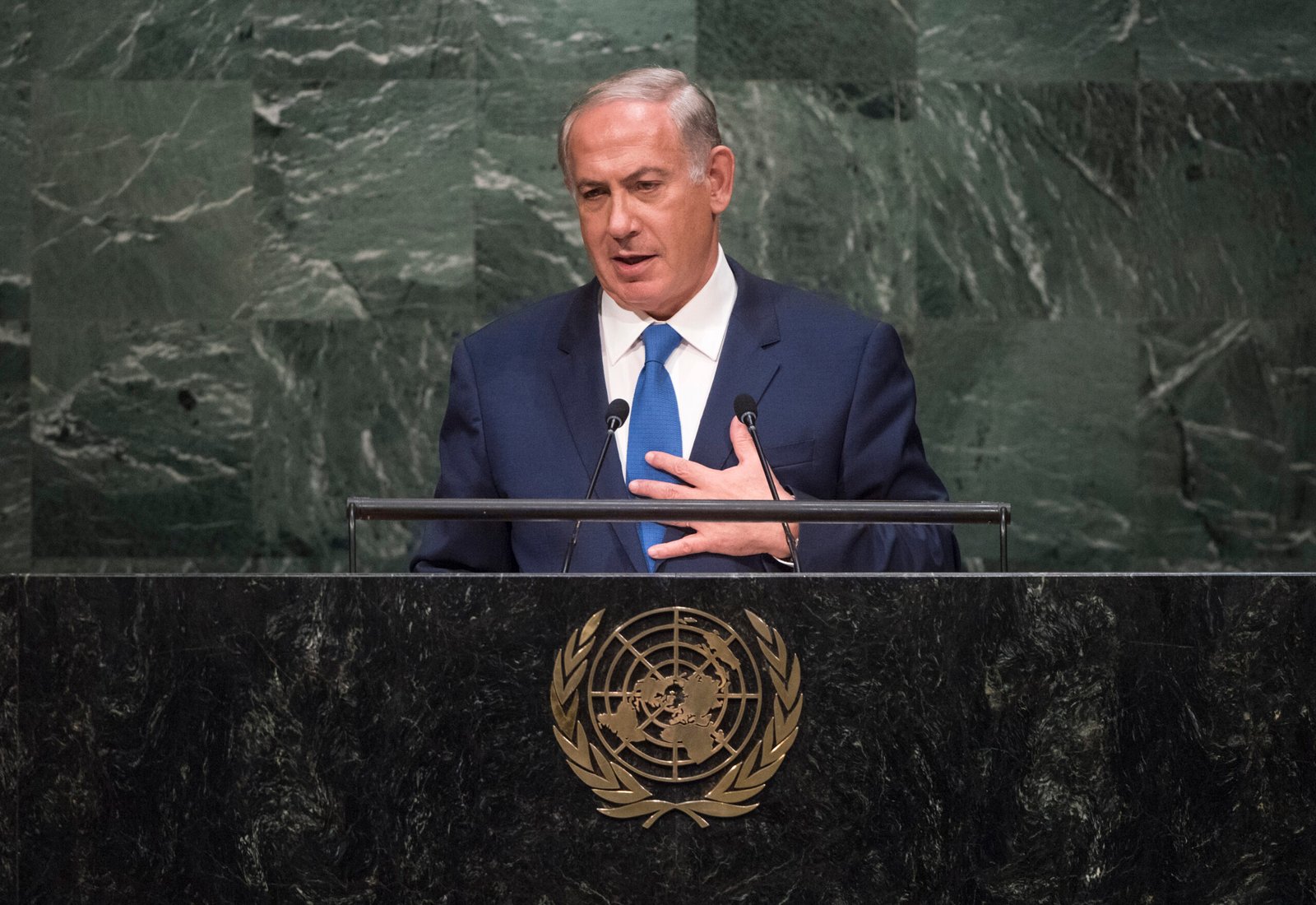Politics
Trump’s Victory: What It Means for Big Tech
Donald Trump’s victory in the 2024 U.S. presidential election has significant implications for the tech industry, particularly in terms of regulation and the relationship between Big Tech and the government. This could signal potential shifts for major technology companies as his administration re-enters the White House. Known for his critical stance toward the influence of big tech firms, Trump’s policies may target social media regulation, privacy rights, and cryptocurrency oversight. This article examines what these changes could mean for tech giants, as well as how industry leaders like Elon Musk may navigate the administration’s policy direction.
Trump’s Stance on Big Tech – A New Wave of Scrutiny?
During his previous tenure, Trump’s administration raised concerns over the growing power of major tech firms, often accusing them of bias and unfair practices. His win could mean increased scrutiny for companies like Meta, Alphabet (Google), and X (formerly Twitter). With a history of advocating for transparency and accountability, Trump may push for regulations requiring tech firms to disclose their algorithms and data practices more openly. This stance may introduce significant challenges, forcing companies to rethink their operational transparency, while also appealing to conservative voices concerned with tech influence over political discourse.
Social Media Regulation – Transparency and Content Moderation
A significant focus for Trump’s new term is likely to be the regulation of social media platforms, especially regarding content moderation practices. During his last administration, Trump criticized platforms like Facebook and Twitter for alleged censorship. Now, the debate around free speech versus misinformation has only intensified, and his administration might seek to implement laws ensuring “viewpoint neutrality.” Trump could push for reforms to Section 230 of the Communications Decency Act, which currently shields platforms from liability for user-generated content. Potential reforms could restrict tech companies’ ability to moderate content without consequence, fundamentally reshaping how platforms handle controversial content.
Privacy Rights – Balancing Data Use and Individual Freedoms
Trump’s election could also impact the ongoing conversation around data privacy, with likely implications for companies reliant on user data collection. His administration may support data privacy reforms, pushing for clearer user consent requirements and limiting companies’ use of personal information. Recent years have seen growing public concern over digital privacy, and Trump’s stance could introduce legislation closer to Europe’s General Data Protection Regulation (GDPR). These changes would mean more robust data security measures, transparency on data collection practices, and possibly heavy penalties for privacy violations.
Cryptocurrency Oversight – Toward Greater Regulation?
The cryptocurrency landscape has rapidly evolved since Trump’s last term, with digital currencies now occupying a more significant role in financial markets. Trump’s views on cryptocurrency have historically been cautious, even skeptical, as he once deemed Bitcoin a “scam.” This administration might seek tighter regulations on digital assets, especially as concerns over fraud and financial stability grow. Regulatory action could include enforcing anti-money laundering (AML) compliance and requiring more transparency from decentralized exchanges. For tech giants invested in blockchain or digital assets, like Meta’s Libra project, this could mean adjusting their strategies to meet compliance standards.

Dynamics with Tech Leaders – Collaboration or Conflict?
The Trump administration’s relationship with tech industry figures could be crucial in shaping regulatory approaches. Elon Musk, for instance, has had a complex, often vocal stance on political matters, supporting free speech but also advocating for limited government interference in tech. Trump’s policies around social media and free speech could resonate with Musk, yet there could be friction on regulatory grounds, especially if federal guidelines challenge the open nature of X (formerly Twitter). The administration’s stance toward leaders like Musk and Zuckerberg may range from collaborative to confrontational, depending on how they align with Trump’s regulatory goals.
Conclusion
Trump’s victory could bring a renewed focus on tech regulation, affecting social media, privacy rights, and cryptocurrency oversight. With increasing bipartisan scrutiny on Big Tech, Trump’s administration is expected to drive policies that push tech companies toward greater accountability, transparency, and user protection. How tech leaders respond will shape the future of these industries in a potentially more regulated landscape, where balancing innovation with oversight becomes essential.
Bolanle Media is excited to announce our partnership with The Newbie Film Academy to offer comprehensive courses designed specifically for aspiring screenwriters. Whether you’re just starting out or looking to enhance your skills, our resources will provide you with the tools and knowledge needed to succeed in the competitive world of screenwriting. Join us today to unlock your creative potential and take your first steps toward crafting compelling stories that resonate with audiences. Let’s turn your ideas into impactful scripts together!
Politics
Divided and Deadly: When Political Hatred Turns Fatal

America’s political divide is no longer just a metaphor—it’s now a measurable, chilling reality. In recent weeks, a relentless barrage of violence has brought headline after headline: the assassination of Charlie Kirk on September 10th, bomb threats and failed attempts targeting news crews, shootings at public gatherings, attacks on federal agents, and online mobs openly glorifying the carnage. What once seemed fringe or exceptional is now undeniably mainstream. The unthinkable is becoming all too routine.
Consider this: within days of Kirk’s assassination, a Fox News van parked at the crime scene in Utah was targeted by a bomb that narrowly failed to detonate, followed by bomb threats at the home of presidential candidate RFK Jr. Shootings tied to political slogans erupted at a New Hampshire country club and inside a news station, with attackers leaving manifestos and warning that “Trump officials would be next.” Meanwhile, federal ICE agents were ambushed in Chicago by carloads of heavily armed assailants—another event spun by legacy media as if it was government aggression, rather than a defensive response to an act of terror.

This surge in violence is not happening in a vacuum. It emanates from decades of tolerated, even celebrated, dehumanization across the political spectrum. But, in Brett Cooper’s telling—and in the disturbing texts and rhetoric unearthed in the wake of these tragedies—the epicenter appears to be one party’s willingness to excuse, justify, or even cheer political assassination. Cooper highlights not just one-off outbursts, but prominent Democratic politicians openly wishing death and horror on their opponents, their families, and even their children. The infamous leaked texts from Virginia’s Jay Jones—expressing desire to see innocent children die “so that their father would change his opinions”—read like a dystopian novel come to life. Yet, defenders line up, brushing it off as “mistakes” and framing any criticism as partisan smears.
How did this become the new normal? The left, argues Cooper, has marinated in a protest culture that sanctifies violence as a substitute for persuasion. Losing an election, a court case, or a policy fight now justifies open calls for revenge. Online, the rhetoric is as gruesome as the reality, with political adversaries not simply derided, but declared subhuman and unworthy of life—a chilling echo of history’s darkest chapters.
Of course, political violence can never be blamed on rhetoric or ideology alone. But words have consequences. Leaders who flirt with calls for violence set the tone for every zealot and unstable mind. The celebration of real-world killings by online mobs only entrenches a cycle where each incident of bloodshed is either weaponized or excused, not universally condemned.
Perhaps most dangerous is the media’s shifting lens—the effort to muddy attacks with claims of ambiguity about motive or to frame self-defense by government officers as wanton aggression. The danger isn’t just physical, but moral and cultural: when outrage at assassination gives way to tribal excuses, a nation chips away at its own foundation.
In a world this divided and deadly, Cooper’s advice feels both practical and poignant: focus on the real, the local, the communal. Sit down with family. Turn down the temperature wherever possible. Call out inhumanity—no matter who it comes from.
America’s most urgent debate is not just about policy, but about whether political disagreement must now also mean existential threat. If ever there was a time for collective soul-searching, it is now—when headlines show, beyond a shadow of a doubt, that political hatred can, and does, turn fatal.
News
How a Government Shutdown Could Hit Your Life and Wallet

What a Shutdown Means for You
When Washington can’t agree on funding, government operations grind to a halt—and millions feel the ripple effects. Whether employed by a federal agency, planning a trip, or just waiting for a tax refund, the shutdown’s reach can extend into daily life in unexpected ways.

Paychecks and Local Economies
Federal employees are on the frontline, facing furloughs or delayed pay. If you or someone in your household works for the government, this means missed or postponed earnings—sometimes for weeks. Local businesses feel the squeeze when those employees cut back on spending, and contractors dependent on federal clients might also see sudden layoffs and lost projects.
Services and Everyday Disruption
From longer airport lines to shuttered national parks, public services can stall or close entirely. Waiting on a passport renewal, Social Security verification, or a student loan application? Those processes may be paused, causing headaches and delays that interrupt travel plans, business operations, or educational goals.
Health Care Worries
Shutdowns often spark fierce debates over health care policy. If negotiations stall, federal insurance tax credits could vanish, causing health premiums to spike for millions. For some, especially those relying on government-supported coverage, this means losing insurance altogether—a risk that could affect up to four million Americans if deadlock persists.
Impact on the Economy and Markets
Travel slows as essential agencies are stretched thin and parks close, costing the travel industry as much as $1 billion each week the shutdown lasts. Economic data releases used by the Federal Reserve and investors can also be delayed, muddying the outlook for businesses and individuals watching inflation or employment figures.
The Real-Life Cost
A government shutdown isn’t just a political fight—it’s an event that can upend plans, impact paychecks, delay vital services, and create stress for families nationwide. History shows most communities bounce back, but for those caught in the crossfire, the effects are personal and immediate.
Politics
Netanyahu’s UN Speech Triggers Diplomatic Walkouts and Mass Protests

What Happened at the United Nations
On Friday, Israeli Prime Minister Benjamin Netanyahu addressed the United Nations General Assembly in New York City, defending Israel’s ongoing military operations in Gaza. As he spoke, more than 100 delegates from over 50 countries stood up and left the chamber—a rare and significant diplomatic walkout. Outside the UN, thousands of protesters gathered to voice opposition to Netanyahu’s policies and call for accountability, including some who labeled him a war criminal. The protest included activists from Palestinian and Jewish groups, along with international allies.

Why Did Delegates and Protesters Walk Out?
The walkouts and protests were a response to Israel’s continued offensive in Gaza, which has resulted in widespread destruction and a significant humanitarian crisis. Many countries and individuals have accused Israel of excessive use of force, and some international prosecutors have suggested Netanyahu should face investigation by the International Criminal Court for war crimes, including claims that starvation was used as a weapon against civilians. At the same time, a record number of nations—over 150—recently recognized the State of Palestine, leaving the United States as the only permanent UN Security Council member not to join them.
International Reaction and Significance
The diplomatic walkouts and street protests demonstrate increasing global concern over the situation in Gaza and growing support for Palestinian statehood. Several world leaders, including Colombia’s President Gustavo Petro, showed visible solidarity with protesters. Petro called for international intervention and, controversially, for US troops not to follow orders he viewed as supporting ongoing conflict. The US later revoked Petro’s visa over his role in the protests, which he argued was evidence of a declining respect for international law.

Why Is This News Important?
The Gaza conflict is one of the world’s most contentious and closely-watched issues. It has drawn strong feelings and differing opinions from governments, activists, and ordinary people worldwide. The United Nations, as an international organization focused on peace and human rights, is a key arena for these debates. The events surrounding Netanyahu’s speech show that many nations and voices are urging new action—from recognition of Palestinian rights to calls for sanctions against Israel—while discussion and disagreement over the best path forward continue.
This episode at the UN highlights how international diplomacy, public protests, and official policy are all intersecting in real time as the search for solutions to the Israeli-Palestinian conflict remains urgent and unresolved.

 Business3 weeks ago
Business3 weeks agoDisney Loses $3.87 Billion as Subscription Cancellations Surge After Kimmel Suspension

 Entertainment3 weeks ago
Entertainment3 weeks agoWhat the Deletion Frenzy Reveals in the David and Celeste Tragedy

 Filmmaking4 weeks ago
Filmmaking4 weeks agoThe Real Reasons Film Jobs Are Disappearing

 Entertainment4 weeks ago
Entertainment4 weeks agoABC Suspends ‘Jimmy Kimmel Live!’ Indefinitely After Kirk Remarks

 Tech4 weeks ago
Tech4 weeks agoWhy Experts Say AI Could Manipulate, Blackmail, and Even Replace Human Relationships

 News4 weeks ago
News4 weeks agoSeeing Trauma: What Charlie Kirk’s Death Reveals About a Nation in Conflict

 Entertainment3 weeks ago
Entertainment3 weeks agoExecutive Producer Debut: How Celia Carver Created Festival Hit ‘Afterparty’

 Filmmaking4 weeks ago
Filmmaking4 weeks agoWhy Hollywood’s Biggest Blockbusters Keep Failing at the Box Office





































